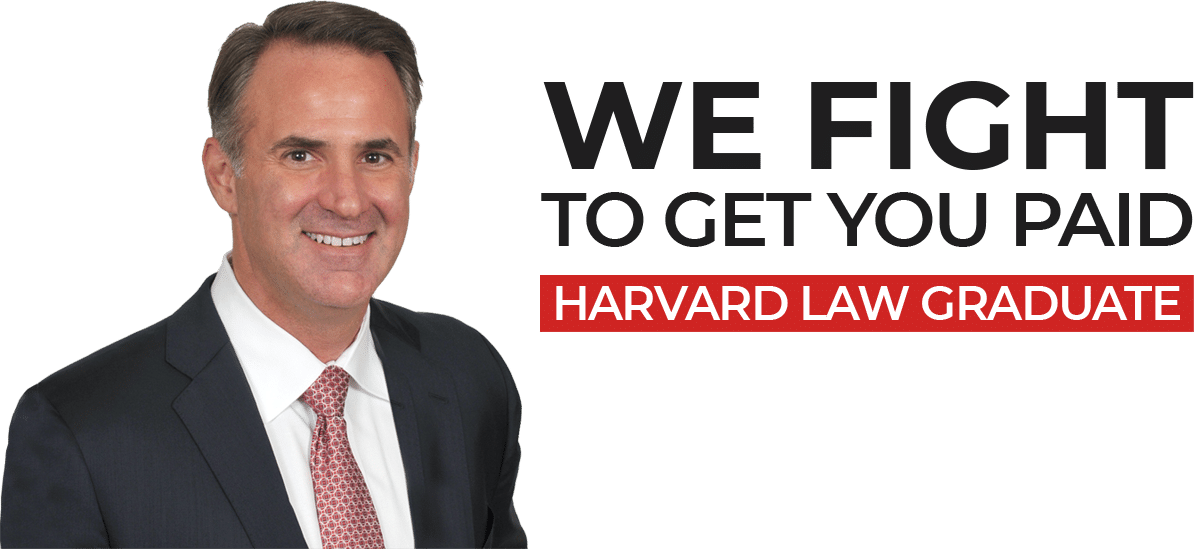If auto accidents were nonexistent, law firms would have to concentrate on other areas of family, civil, and criminal law to stay busy. Unfortunately, negligence is more common than prudence when operating motor vehicles, or at least, statistics lead us to believe as much.
Everyone knows the routine. One driver smashes into another, injured persons get hauled off to receive medical care, adjuster discounts the seriousness of the accident, insurer’s attorney plays hardball, and injured person’s attorney emerges victorious with a settlement indicative of physical suffering and income loss.
What happens when passengers of Uber and Lyft drivers are injured during their commute? This gets interesting for reasons we address below.
The Ridesharing Company’s Liability Policy
Let us start with Uber. The world’s largest taxi service, with zero cars in their inventory, offers drivers a $1 million liability policy that takes precedence over the driver’s personal insurance policy in the event an accident happens during transport. Unless the Uber driver obliterates a McLaren P1 ($1.125 million) and causes serious bodily injury to everyone involved, that policy will normally cover all accidents.
Lyft offers an identical amount of coverage for their drivers. To date, there have been few reported Lyft accidents – let alone those with damages in excess of $1 million.
Both ridesharing giants activate the policy in two scenarios:
- When the driver accepts the fare, and heads toward the pickup area; or
- When the driver has secured the passengers, and is heading to the drop zone.
Idle drivers with no fares will revert to their own policy when driving around town, when filling up vehicles with fuel, or when the app is off.
Now, to the accident.
What Happens After a Ridesharing Accident?
Standard rules of engagement will apply when you have been injured in an accident, but with some additional steps depending on the accident:
- Uber driver slams into another car and is found negligent. Uber’s liability policy will cover passengers of all cars, and the driver of the other car. Since Florida is a no-fault state, any “spillover” that Uber does not cover will be picked up by the Uber driver’s PIP policy.
- Another car slams into an Uber car, and is found negligent. The other driver’s PIP will cover everything, including the rideshare car’s passengers. Any “spillover” amounts may be covered by Uber’s liability policy since the passengers are paying customers, although personally suing the at-fault driver may also be necessary.
- Uber driver slams into a telephone pole while heading to pick up their paying customer. Clearly, it is the driver’s fault. Since there are no passengers to cover, and Uber’s policy only covers non-negligent accidents, the Uber driver will pay for all repairs himor herself and will more than likely lose the driving job.
- An Uber driver in transit toward a paying customer pulls over to address a low tire. While pumping the tire in a safe area, a semi plows into the car. Luckily, the driver is ok, but the car is decimated. Since the Uber driver was picking up a passenger, had the app on and did not cause damage, the semi’s insurer would pay for everything. In the event the trucker fled, Uber would pick up the tab since their driver’s liability policy was activated within its legal parameters.
The same scenarios would play out if Lyft was involved.
Ridesharing Accidents Need an Attorney’s Help
Because every accident involving ridesharing vehicles has its own dynamic, an attorney who specializes in auto accidents should be your first call. Your lawyer can decipher difficult policy jargon, fight anyone who caused you this harm, perform any investigative work, and get injured persons like yourself a settlement deserving of this unwarranted aggrievance.
Discuss your accident immediately with an attorney at Dennis Hernandez & Associates, PA, where we treat everyone equally and work for victims – not companies. Spanish is spoken here. (Aquí se habla español).






